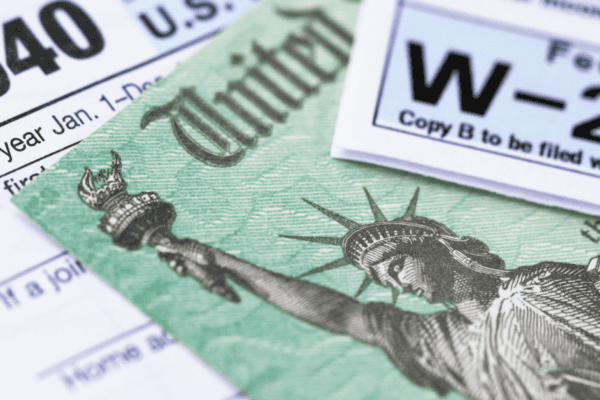Many of us have heard the same old lines about budgeting for years: the 50/20/30 rule (50% on housing, transportation, food; 20% savings; 30% discretionary); “cut out the avocado toast”; “do you really need that $6 coffee?”.
But too often, we find ourselves struggling to follow these blanket recommendations and falling back into our old spending habits quickly. The problem is that these budgeting tips focus on adjusting your life to your money when in reality, you should be focusing on adjusting your money to your life! Money is simply a tool to create your ideal life, so how do we create a budget that reflects this goal? A values-based budget may be the answer.
Values-based budgeting is the process of creating a budget that categorizes spending based on your core values. To create this type of budget, you’ll need to do a little prep work, namely, listing out all your expenses for the last 3 months (at least) and determining your core values. This second step can be a little trickier, but there are many tools available online to help you. Once you have your expenses listed and your core values defined, you can start categorizing your expenses.
In its simplest form, values-based budgeting categorizes expenses into three broad categories:
- The Basics
- Values Spending/Saving
- Expendables
1. The Basics
This category houses all of the must-haves to ensure that you can live comfortably and cover your most basic needs. Expenses in this category will be things like housing, food, transportation, utilities, etc. When considering items for this category, it is helpful to ask yourself some questions to determine if they really belong: would cutting this expense lead to hardship for you or your loved ones?; would cutting this expense affect your or your loved ones’ ability to earn income?; would cutting this expense add stress or discomfort to your life?If the answer is ‘yes’ to any of these, then that expense should be included in the basics. Once you fill-up the basics category, you can categorize your remaining expenses based on how they align with your values. These are what make up the “Values Spending” category.
2. Values Spending
Categorizing expenses based on your core values takes reflection and time. When creating your values-based budget, here is where you will spend most of your time. You will want to think hard about each expense and whether it furthers one of your values. A good way to start is by writing down your core values (ideally five or less) across the top of a chart and then placing expenses under the value you think they would fall under. Once you have done this, review each line and check-in with yourself to truly fit those expenses.
Savings falls under this category as well. Use values-based saving to align your savings with your core values, treating them as expense items even though you’re hanging on to the money.
Consider this example: let’s say that one of your core values is community (typically defined as a feeling that you are a valuable and contributing member of the community around you). You may think that a $6 latte from your local coffee shop falls under this category. However, if you walk into the shop, grab your coffee, and drink it on the way to work for a boost of energy, that doesn’t necessarily align with a sense of community. But if you go to the shop, know the baristas by name, chat with the locals, and really feel a sense of attachment to that coffee shop as “your place,” then it fits much better. This is how you should approach every expense in this category. Truly consider whether that expense invokes an emotional response tied to your core values or if it is just something that you do. If the latter is true, that expense should head to the third category- “Expendables.”
3. Expendables
This category houses everything that didn’t fit into the first two categories. Because these expenses are not basic and do not further any of your values, they are free to be cut. In the process of values-based budgeting, expenses in the Expendables category can be cut, and that money can be refocused to the Values Spending category. This will ensure that your money is being used to create a sense of fulfillment and that your core values are properly funded.
As you can see, values-based budgeting is an intensive process, but the result will leave your money more aligned with your core values and get you closer to living a fulfilled and financially healthy life. If you have questions about values-based budgeting or need help getting started, contact us!
Schedule a 1:1 with one of our CFP® professionals on the participant advice team or our private client team.
Information contained herein has been obtained from sources considered reliable, but its accuracy and completeness are not guaranteed. It is not intended as the primary basis for financial planning or investment decisions and should not be construed as advice meeting the particular investment needs of any investor. This material has been prepared for information purposes only and is not a solicitation or an offer to buy any security or instrument or to participate in any trading strategy. Past performance is no guarantee of future results.
Recent Insights

Fleeting Fad or Future Fortune – The New Bitcoin ETFs are Here

Tax Drag: Picking Up Nickles

